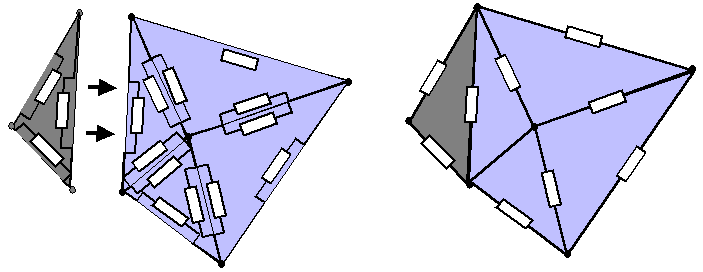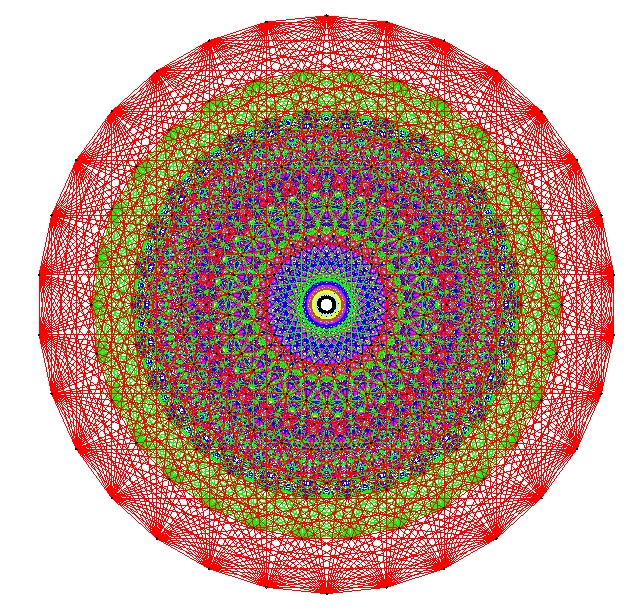Hmmm… I am always excited when I see cool analogies like these developed! But I feel like there should be more columns in the table - to include explicitly dissipative terms.
I realize that non-conservative terms may not fit so well into a program directed toward symplectic geometry, but, at least in the thermal and chemical systems, they seem unavoidable to me because in these systems dissipative effects predominate over “inertial” effects.
In all but the most exotic chemical reactions, the approach to equilibrium is characterized by concentrations whose differences from their equilibrium values decay (often exponentially) without oscillating (overshooting equilibrium like a damped oscillator would).
In fact, the damped mechanical harmonic oscillator (with displacement coordinate x, mass m, spring constant k, and a frictional force F = -b x’ proportional to velocity) serves as a good reference point for what I mean. (In the spirit of analogy, you could use a circuit having inductance, capacitance, and resistance, of course!)
As you know, a classical equation of motion for this system, when unforced, is
m x” + b x’ + k x = 0.
When m k < (b/2)^2, the system undergoes no oscillations, and we say it is overdamped. In fact, when this inequality is pronounced, the restoring force F = -k x is proportional to a VELOCITY rather than an ACCELERATION, and the mass plays essentially no role in the solution except when the initial velocity is very large. Same thing goes for electrical circuits, where it is often appropriate to ignore inductances as negligible.
I feel like this is more the case in thermal systems (with temperature gradients) or chemical systems (with concentration or chemical potential gradients). In fact, it is hard for me to see how a “temperature momentum” or “chemical momentum” would arise, as these would give rise to an overshooting of the natural equilibrium.
There are “oscillating reactions” in which the chemical potential of a substance undergoes oscillations, but as I said, these are very rare and often the result of something crazy like autocatalysis, where a product of the reaction actually catalyses the reaction itself and speeds it up in proportion to the product’s concentration.
Having said all that, there are really cool analogies to be made with dissipative systems!
There’s
Ohm’s Law: J = - G dV/dx,
in which a current density is proportional to a gradient of electric potential (an E field),
Fick’s Law: J = - D dC/dx,
in which a material flux is proportional to a concentration gradient,
Fourier’s Law: 1/A dQ/dt = - k dT/dx,
which relates heat flux through an area to a temperature gradient (and defines the thermal conductivity),
and a law (Newton’s?) for viscosity, which relates a frictional force to a transverse velocity gradient:
1/A Fx = - η dvx/dy.
Here, the “flux” is a flux of transverse momentum through the area A.
I’m sure there are others, but these are the only ones I can think of right now.
All of these laws relate a type of “flux,” a type of “gradient,” and a type of “conductivity.”







Re: This Week’s Finds in Mathematical Physics (Week 289)
You say:
But do elementary particles really obey such simple differential equations? We come up with, say, the Klein-Gordon equation only by making all sorts of simplifying assumptions. We find that its predictions hold only when those assumptions aren’t violated too badly, like if interactions are “weak enough”.
It seems to me that the difference isn’t so much that people are so much more complicated as that the simplifying assumptions become significant so much sooner.